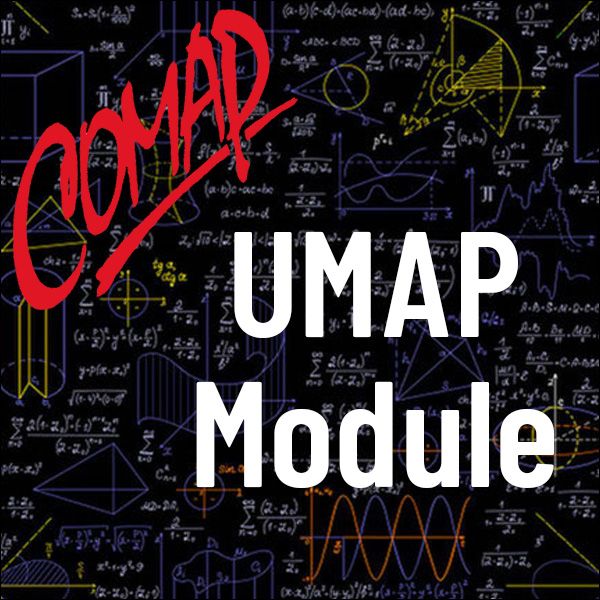Measurement Scales (UMAP)
Author: JoAnne Growney
This unit introduces four types of measurement scales -- nominal, ordinal, interval, and ratio -- and considers their uses and limitations. The question, When may two measurements be compared meaningfully? is posed and answered. The concept of utility is introduced. Students learn to interpret different measurement scales, see a variety of uses of meausrement scales, and learn to invent new scales to solve problems.
Table of Contents:
1. INTRODUCTION
2. TYPES OF MEASUREMENT SCALES
2.1 Nominal Scales
2.2 Ordinal Scales
2.3 Interval Scales
2.4 Ratio Scales
3. HISTORICAL DEVELOPMENT OF A MEASUREMENT SCALE
4. WHY ALL THE INTEREST IN MEASUREMENT SCALES?
5. COMPARING MEASUREMENTS
6. USING MEASUREMENT SCALES IN DECISION MAKING - UTILITY
7. SUMMARY
8. EXERCISES
9. SOLUTIONS TO EXERCISES

Mathematics Topics:
Application Areas:
Prerequisites:
You must have a Full Membership to download this resource.
If you're already a member, login here.